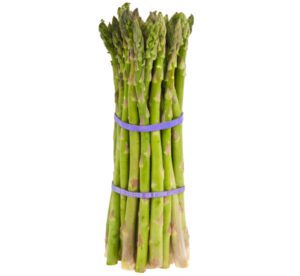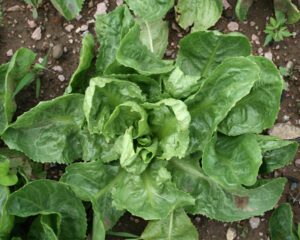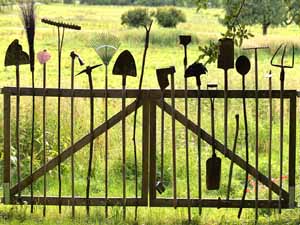Growing Brussels sprouts organically in home garden requires patience. It can be grown in just about any home garden.
You just need a very long growing season for growing Brussels sprouts. But it’s worth waiting, because the Brussels sprouts taste better when they are hit with one or two slight frost.
Brussels sprout is a member of the cabbage family which is grown mainly for it’s edible buds.
And these edible buds look very similar to the cabbages (but are much smaller). Typical diameter of these miniature cabbages is between 1 and 1.6 inches.
Brussels sprouts are very nutritious and they are an excellent source of protein and vitamins (especially vitamins C and K).
Raw Brussels sprouts are 3% protein, 9% carbohydrates, 86% water and a negligible amount of fat.
However, growing Brussels sprouts organically in home garden can be a great way for enjoying this excellent vegetable.
And home grown Brussels sprouts taste much better after being frosted than when bought from the shop.
How to Grow Brussels Sprouts
Growing Brussels sprouts organically in home garden is not too difficult. Brussels sprouts have a long growing season, and they are generally more successful when grown for a fall harvest.
Here we are describing everything about growing Brussels sprouts organically in home garden from planting, caring to harvesting.
Choose a Variety
Before starting, choose the right variety for growing Brussels sprouts in your home garden. Some common and popular varieties of the Brussels sprouts are Jade Cross, Oliver and Valiant.
The Jade Cross variety is hardy and resistant to some diseases. The Oliver variety grows faster, and it’s actually an early variety. And the Valiant variety produces uniform sprouts consistently.
You can choose any variety depending on your needs. You also have to consider the availability and surviving ability of the selected variety in your area.
You can consult with an existing home gardener in your area for having better recommendation while choosing the right variety for your home garden.
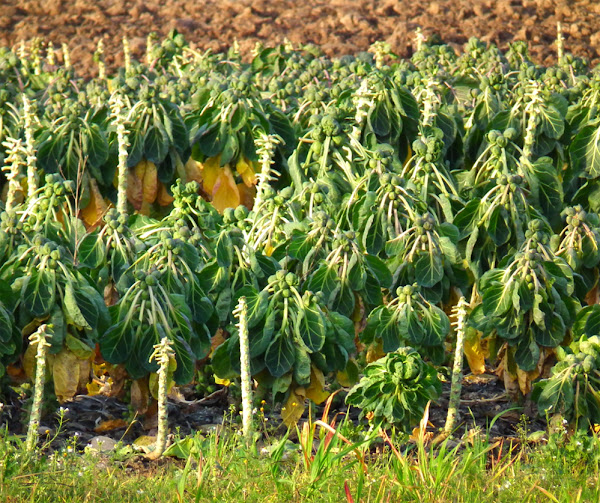
Purchase Seeds
Purchase seeds from the market after selecting your desired variety. Seeds of the Brussels sprouts should be easily available in your area.
But anyhow if you are not able to find the seeds in your local market, then you can consider ordering online. Just ensure the seeds are of high quality.
Because high quality seeds play a very important role in growth and overall production.
Best Time for Growing Brussels Sprouts
The Brussels sprouts are actually a cold-season crop and are best grown in colder climates. They grow best in temperature ranges of 7-24° C, with highest yields at 15-18° C.
Preparing the Soil
Brussels sprouts can be grown in any type of soil as long as the soil is fertile and rich in organic materials. They prefer slightly alkaline soil with good drainage system.
The soil pH level should be at least 6.5, but preferably higher. Brussels sprouts won’t tolerate shade, so full sun is required for growing Brussels sprouts.
Ensure all these facilities are available while selecting and preparing the soil for growing Brussels sprouts.
Raised beds are considered good for growing Brussels sprouts. Because raised beds drain water well, warm up faster and help the plants (especially when seasons are changing and temperatures are not consistent).
Till the soil and add organic fertilizers into the soil a few days before planting seeds or transplanting. Well-rotted aged manure or homemade organic compost will be good for adding into the soil. Don’t forget to level the soil after tilling.
Planting
Brussels sprout plants are grown from seeds. So you can either sow seeds yourself or purchase transplants. If you want to make your own transplants, then start the seeds indoors 6-8 weeks before last spring frost.
You can also sow the seeds directly into the beds 4 months before the first fall frost. Sow the seeds about 1/2 inch deep and 2-3 inches apart. And then thin the plants to 1-2 feet apart when the seedlings reach about 6 inches height.
If you want to start growing Brussels sprouts from transplants, then purchase transplants from any nursery. And plant the transplants in rows, 1-2 feet apart. Water well immediately after transplanting.
Caring for the Brussels Sprout Plants
Brussels sprout plants are easy to grow and they don’t require too much care. Although taking additional care will ensure better growth of the plants and maximum yields. Here we are describing everything about caring for the Brussels sprout plants.
Fertilizing: Brussels sprout plants don’t require additional fertilization if you add enough organic materials into the soil while preparing it for growing Brussels sprouts. Although additional fertilizing 3 weeks after transplanting will ensure good growth of the plants.
Watering: Brussels sprout plants require adequate moisture in the soil. So water the growing plants regularly, and don’t forget to water the seedlings immediately after transplanting.
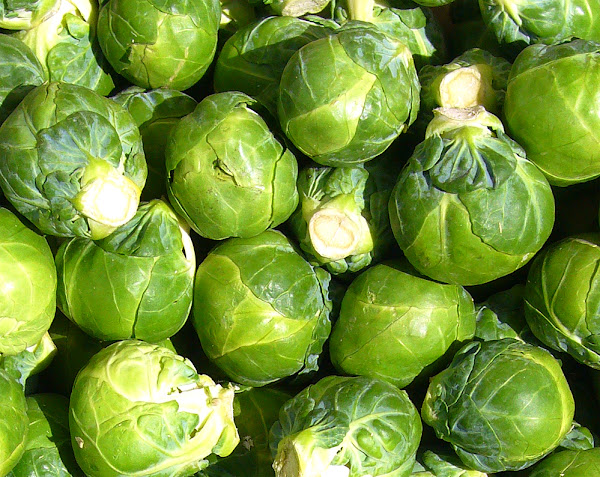
Mulching: Mulching helps to retain moisture in the soil, and it also helps to prevent weeds from the garden. As the Brussels sprouts are cool-season crop, so the mulching will also help to keep the soil temperature cool.
Controlling Weeds: You should remove the weeds while preparing the soil for growing Brussels sprouts. You can control additional weeds by hand. But don’t use a hoe, because the Brussels sprouts have shallow roots (or use very carefully)
Thinning: Thin the seedlings if you are growing Brussels sprouts directly by sowing seeds. Thin the seedlings 1-2 feet apart when they are about 6 inches tall.
Pests and Diseases
Brussels sprout plants are susceptible to some garden pests and diseases just like cabbage and broccoli.
Most common pests of the Brussels sprout plants are cabbage worm, cabbage rot maggot, aphids, cabbage looper and harlequin bug. Use organic methods for controlling all these pests.
Blackleg, clubrot and black rot are some common disease for the Brussels sprouts plants.
Crop rotating is an excellent way for controlling diseases. And also remove and destroy the affected plants.
Harvesting
When the buds reach about 1 inch in diameter, you can start harvesting Brussels sprouts. Wash the sprouts after harvesting. Wash only right before using.
These are the common ways for growing Brussels sprouts organically in home garden. Good luck!

